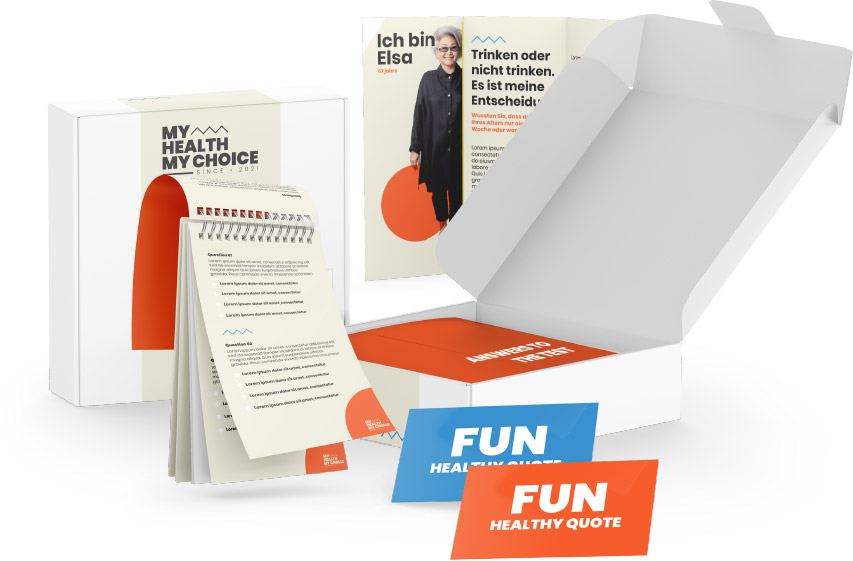




It might be tough to start a talk with your loved one about their alcohol-, or medicine (ab)use. How do you handle this without the conversation escalating? We have gathered some tips for you!
However well the conversation goes, a sensitive issue like this might not be resolved after a good talk or discussion. In some cases, it can be beneficial to get the opinion of a trained addiction prevention professional. Below you’ll find relevant and affiliated healthcare organisations in your region. Do not hesitate to call on them for some expert guidance or action plans.

